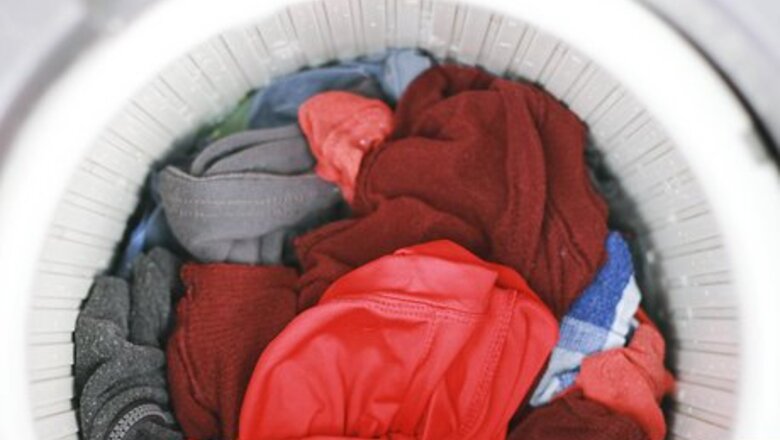
views
Balancing the Laundry Load
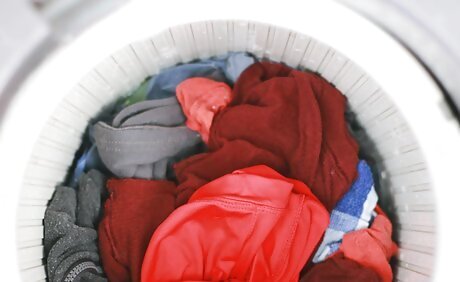
Understand the problem. Most modern, front-loading washing machines have intelligent load sensing systems. If your machine detects an uneven load, it may bypass your selected spin speed for a slower one to avoid damage due to vibration. A good portion of machines can attempt to rebalance an uneven load, but will still drop to a slower speed, if these attempts fail. This is the most common cause of slow spinning. These features include motor torque, RPM detection, and drum weight detection.
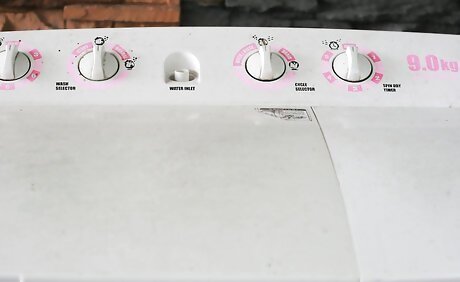
Listen to the hum of the motor. Listen to the washing machine during the slow "shuffle" before it begins spinning: If the motor noise varies instead of staying at a constant tone, the load is probably unbalanced. Continue to the next step. If it sounds jittery or "jumpy" you may have a mechanical failure, described in the section below. These are rarely the cause of slow spinning, so you may want to try balancing the load first anyway.
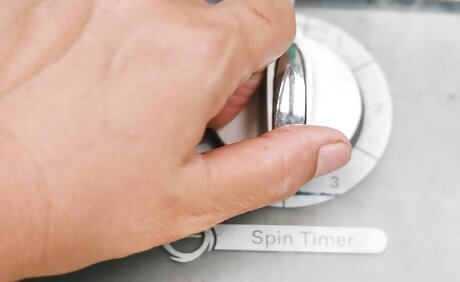
Pause the machine. Pause the machine and wait for it to stop spinning.

Redistribute the load. It is not always possible to get a perfectly balanced load, but you can usually balance it enough to increase speed significantly. Here are some tips for how to arrange the laundry: Readjust the size of the load and do not overload it. It's always recommended to keep the washer at 40% or 50% capacity of the tub. Light, polyester clothing should be in the middle of the load. Towels and other large items should wrap all the way around the clump of clothing, rather than bunch up in one large ball.
Fixing a Loose Belt
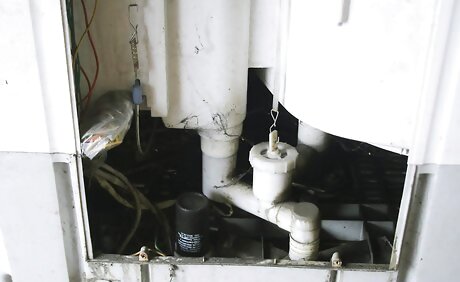
Listen to the motor. Although rare, a machine can encounter mechanical problems that slow down the machine's spin. This may be your issue if the motor sounds jittery or "jumpy," constantly adjusting its speed. This is usually caused by a motor that's become offset so the belt no longer wraps tightly around it. A modern machine will attempt to adjust its RPM to keep the drum spinning at a constant rate, and the loose belt causes these adjustments to happen frequently.
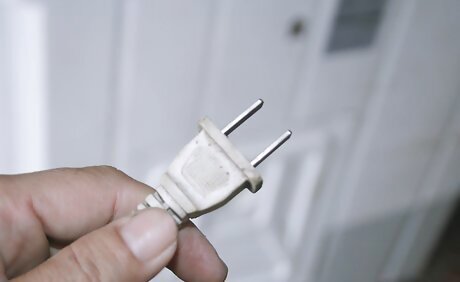
Access the motor. Let the machine drain and disconnect it from the power supply. Take apart your washing machine to give yourself access to the motor. This is much easier if you have your washing machine manual.
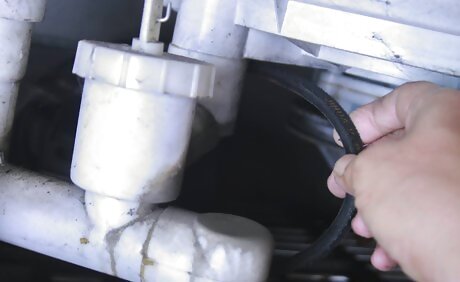
Check for signs of damaged belts. If the belt is old or has been slipping for some time, it may be wearing down. If there is visible wear on the belt, or if you see black, sooty powder on the floor beneath it, it is already damaged. Purchasing a replacement part is recommended. If the machine is under warranty, the manufacturer may replace this part for free or a reduced cost.
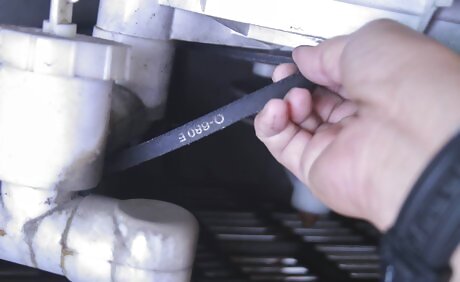
Adjust the motor and belt. If the belt is loose, but not visibly damaged, adjusting the motor should fix the problem. Loosen the nuts holding the motor in place, then pull the motor with some gusto while tightening the nuts again. The belt should fit quite tightly around the motor. The belt is reinforced with a strong braid, so don't worry about breaking it. This may be easier with some help.



















Comments
0 comment